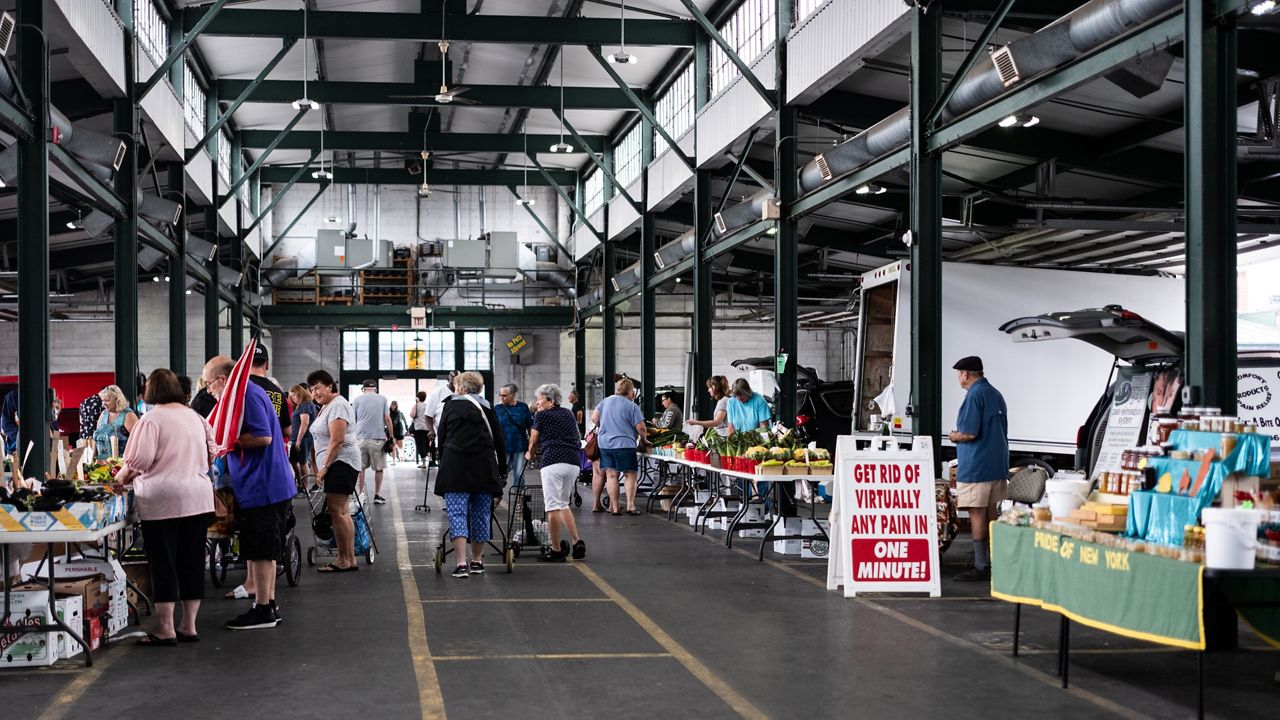The CNY Regional Market hosted lawmakers, community leaders and farmers Thursday to push for state funding to revitalize the market’s infrastructure.
Market officials said in January that they would be seeking $90 million in funding to make repairs to the buildings that date to the 1930s, but lawmakers didn’t include any money in this year’s state budget for the repairs.
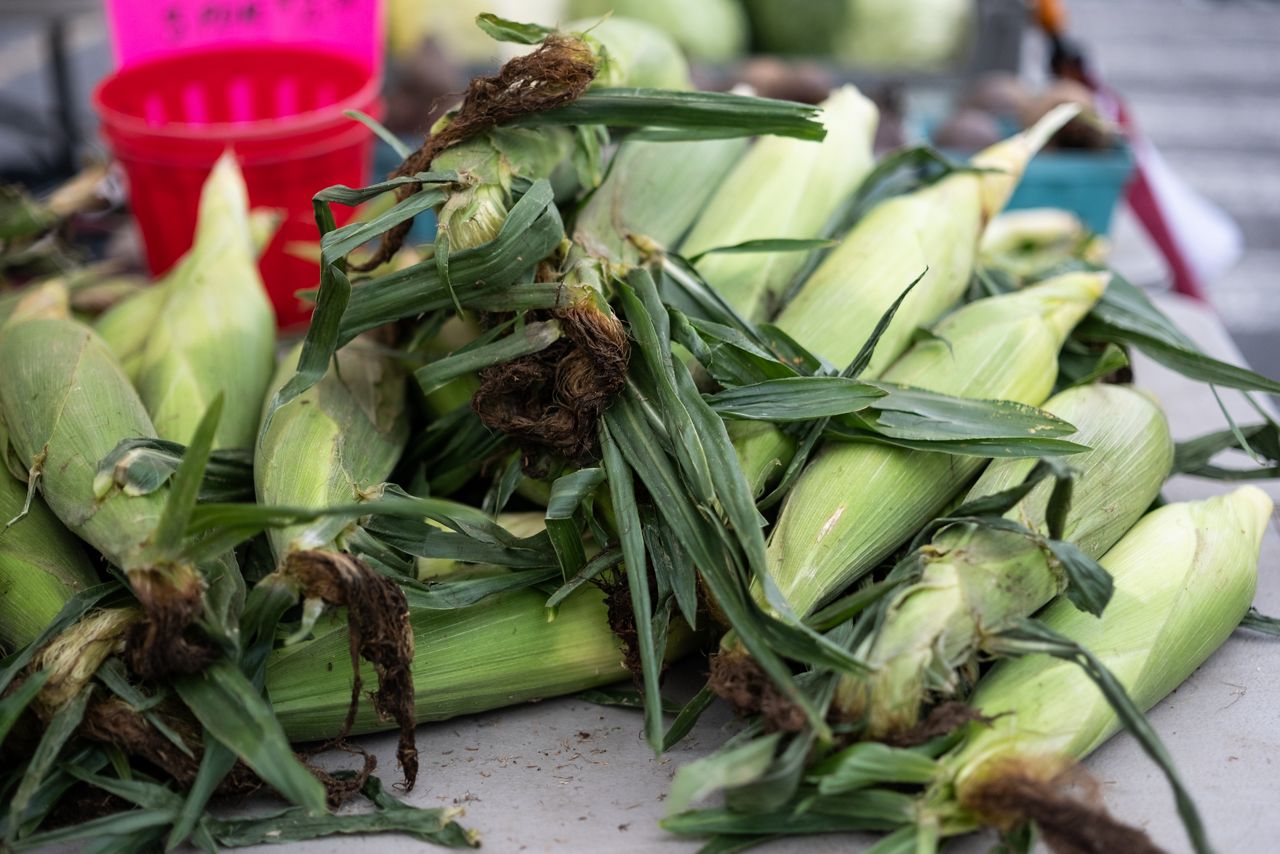
“The whole project really is focused on the most important things right now,” said Amanda Vitale, executive director of the market. “So that’s where we’re going to make the most financial revenue and where we’re going to reduce as many safety hazards as possible, those are the top-level items.”
The first steps they want to make to the grounds that serves seven counties and has more than 400 vendors, is to improve the infrastructure of the administration building, the welcome center and the guard shack.
“Especially when we are talking about brick restoration and infrastructure repair, the replacement of the guard shack, so much of that is heavily focused on safety,” she said.
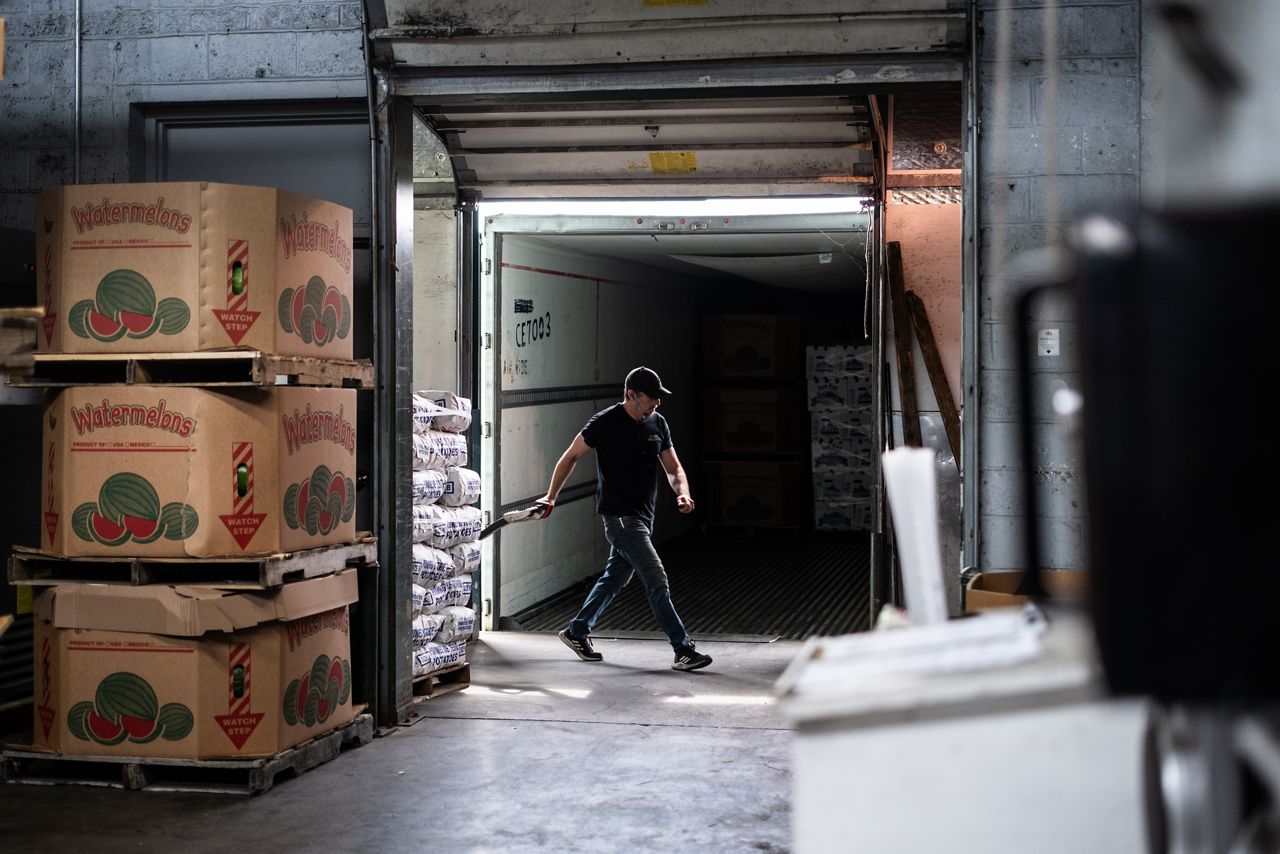
The brick restoration on the administration building has been partially completed, but other repairs are needed to the windows, updated piping and bathrooms, sidewalk and entryway repairs.
According to the strategic plan, the current guard shack will be demolished, and a new security desk will be relocated to the administration building.
The warehouse, where vendors keep equipment and some goods, needs to expand, Vitale said, as vendors are outgrowing the space and not able to operate as efficiently as they could.“We need to come into today’s day and age, we need to provide facilities that are modern and equipped for modern operation,” Vitale said.
The best option, Vitale said, is to relocate the warehouse and repurpose the current space.
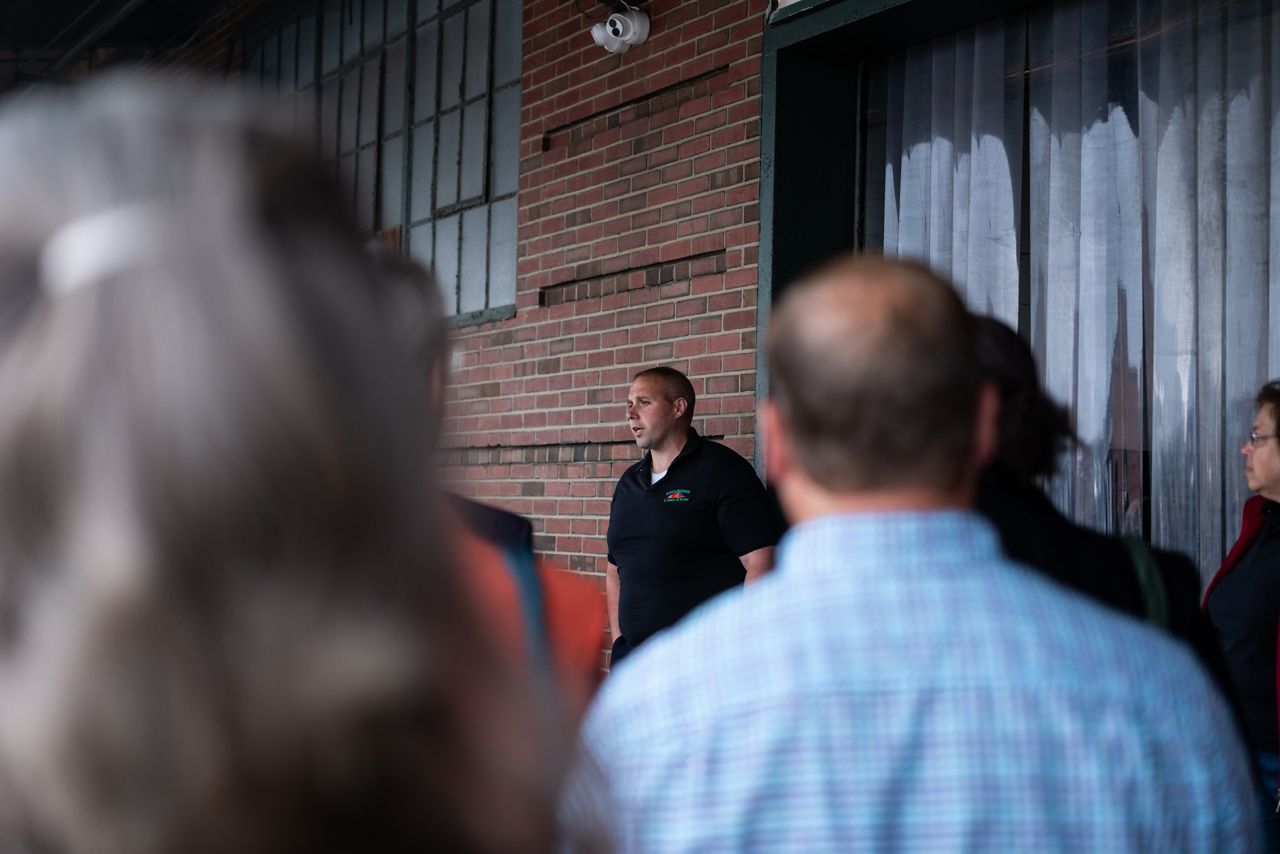
“We really want to see a re-imagination of the space to create accessibility and create a food hall basically, where you can have community gatherings, where you can stop and have a drink or a bite to eat,” Vitale said.
Tony Emmi, the Board of Directors president for the market and owner of Emmi Farms in Baldwinsville, said the market is a vital part of agriculture in the area that market officials say brings in more than 30,000 people per weekend during the warmer months.
“It’s very vibrant, we have a lot of customers, we have a lot of farmers. It’s one of the largest farmer-attended markets in the area,” he said. “I think the investment would not only continue that, but it would bring it into the future.
Without the investment, Emmi said the market could potentially be forced to make difficult decisions.
“We might have to shut some buildings down and then eventually the market wouldn’t exist, which would be very sad for farmers and for the local community,” he said.
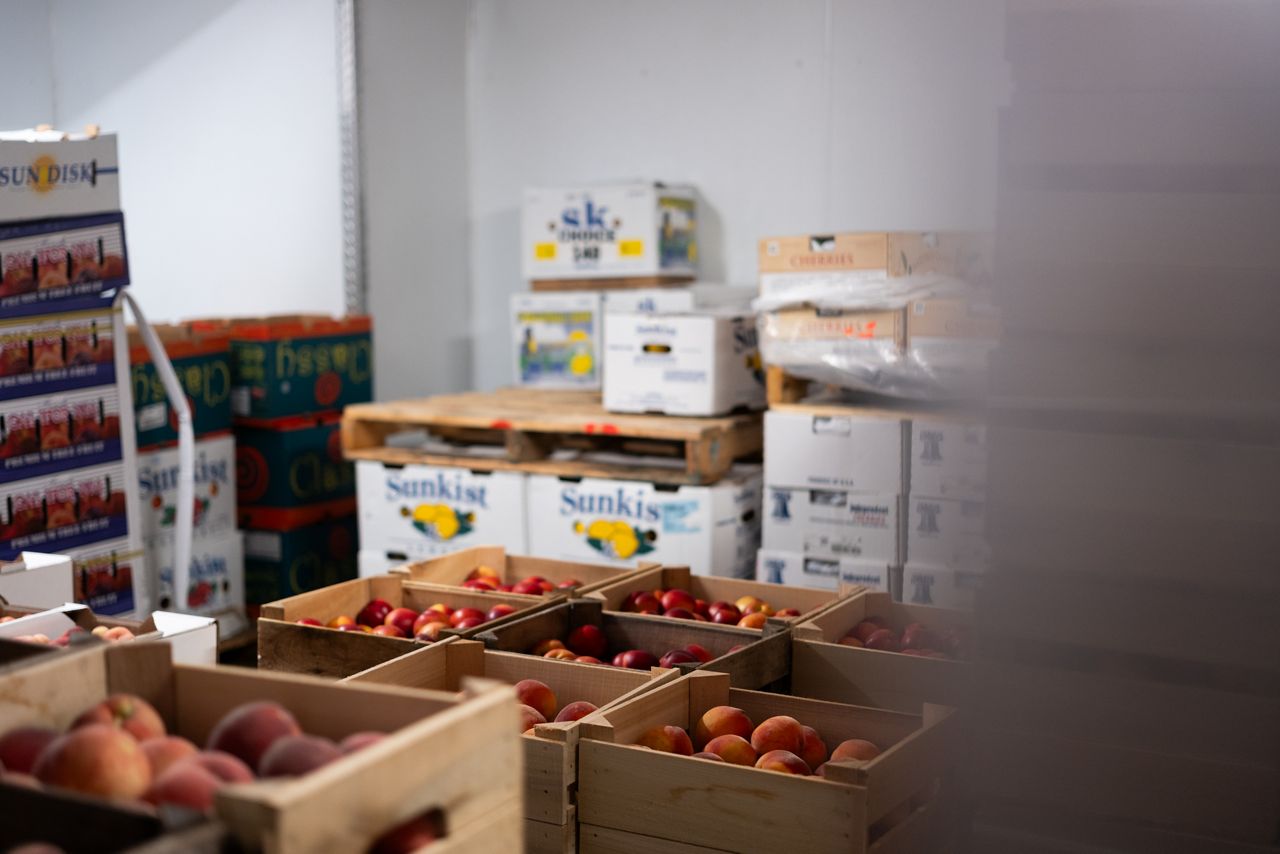
The investment from the state also would keep fees down for the farmers who attend the market, Emmi said.
“We obviously have to raise them every year, but we try to keep it at a minimum,” Emmi said.
Republican Assemblyman John Lemondes, who presents part of Cayuga and Onondaga counties, said he supports the funding for the market.
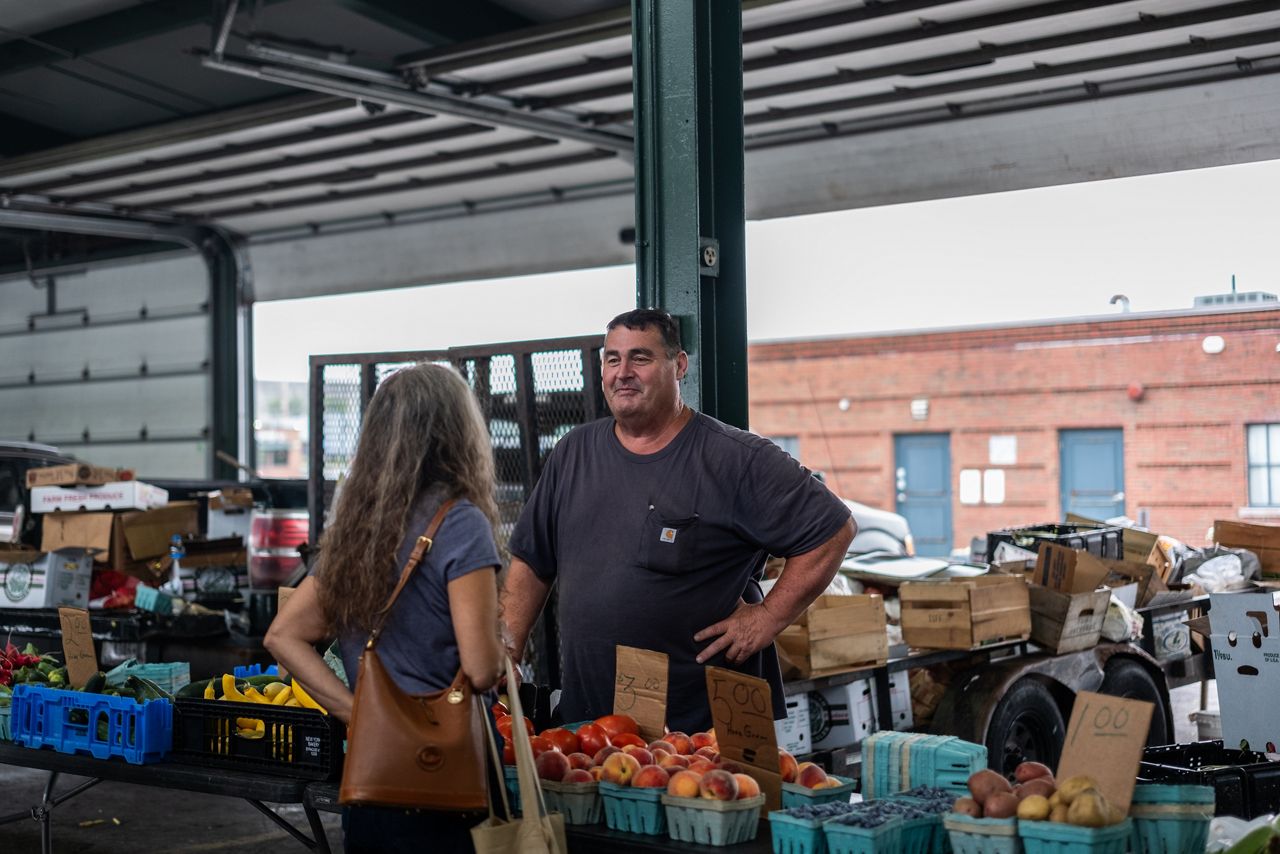
“The investment in this market is critical for most of the state. I was telling one of my colleagues today, let’s try to come together in a bipartisan fashion and make sure this market gets the funding that it needs,” Lemondes said.
In addition to his role as a lawmaker, Lemondes is a farmer and vendor at the market. He and his family operate Elly’s Acres, a 500-acre sheep farm in Jamesville.
“A lot of smaller farmers from smaller communities that might live 30-45 minutes away, their existence can be tied to this market,” Lemondes said. “With all of the food we produce, there should be a means for that food to be distributed.”




